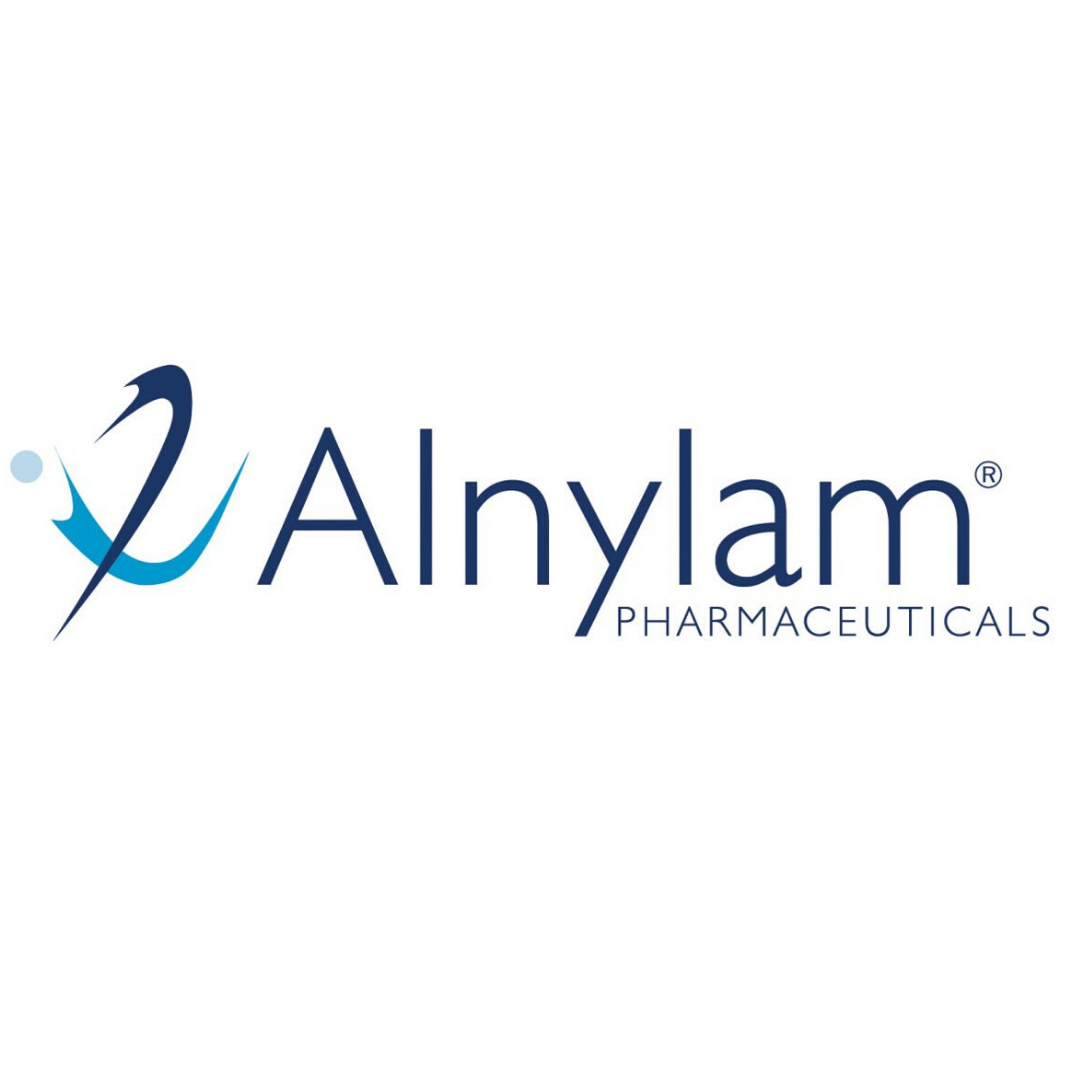Article
Vutrisiran Treatment in Patients with Amyloidosis with Polyneuropathy Promising
Author(s):
The therapeutic met all secondary endpoints measured at 18 months in patients with hATTR amyloidosis with polyneuropathy, which included statistically significant improvements in neuropathy, and quality of life.

Pharmaceutical company Alnylam announced phase 3 data from the HELIOS-A study of the investigational RNAi therapeutic vutrisiran for the treatment of polyneuropathy of hereditary ATTR (hATTR) amyloidosis.
The findings from the 18-month study were presented at an oral session at the Société Francophone du Nerf Périphérique (SFNP) Annual Meeting.
Vutrisiran met all secondary endpoints measured at 18 months in patients with hATTR amyloidosis with polyneuropathy, which included statistically significant improvements in neuropathy, quality of life (QoL), gait speed, nutritional status, and overall disability relative to placebo, and non-inferiority of serum TTR reduction relative to the within-study patsiran arm.
The Study
During the HELIOS-A phase 3 study, a total of 122 patients with hATTR amyloidosis with polyneuropathy were treated with vutrisiran, while 77 were in the placebo group.
Patients treated with vutrisiran experienced a 0.46 point mean decrease in the modified Neuropathy Impairment Score (mNIS+7) from baseline at 18 months as compared to a 28.09 point mean increase reported for the external placebo group (N=77), resulting in a 28.55 point mean difference relative to placebo (p equal to 6.5x10-20).
Additionally, a 1.2 point mean decrease in the Norfolk QoL-DN score from baseline at 18 months was observed in patients treated with the therapeutic as compared to a 19.8 point mean increase reported for the external placebo group, and 57% of patients in the former group experienced improvement in quality of life relative to baseline at 18 months.
Gait speed (10-MWT), nutritional status (mBMI), and disability (R-ODS) at 18 months were all improved upon when treated with the therapeutic compared with the external placebo group.
Treatment emergent adverse events (AEs) occurring in 10 percent or more patients included fall, pain in extremity, diarrhea, peripheral edema, urinary tract infection, arthralgia, and dizziness.
“The 18-month results of the HELIOS-A Phase 3 study build on the results observed at 9 months and continue to underscore the potential of vutrisiran as an attractive new treatment option that can be administered subcutaneously four times a year,” said David Adams, M.D., Ph.D., Department of Neurology, Bicetre hospital, Greater Paris University Hospitals, AP-HP, University Paris Saclay and Principal Investigator for the HELIOS-A trial. “The data presented today are exciting, demonstrating additional progress from ongoing research focused on meeting the needs of this diverse group of patients living with a progressive, life-threatening, multi-system disease, with a potential new option that may help simplify their treatment.”
Vutrisiran is currently under review by the U.S. Food and Drug Administration (FDA), the European Medicines Agency (EMA), the Brazilian Health Regulatory Agency (ANVISA) and the Japanese Pharmaceuticals and Medical Devices Agency (PMDA).





